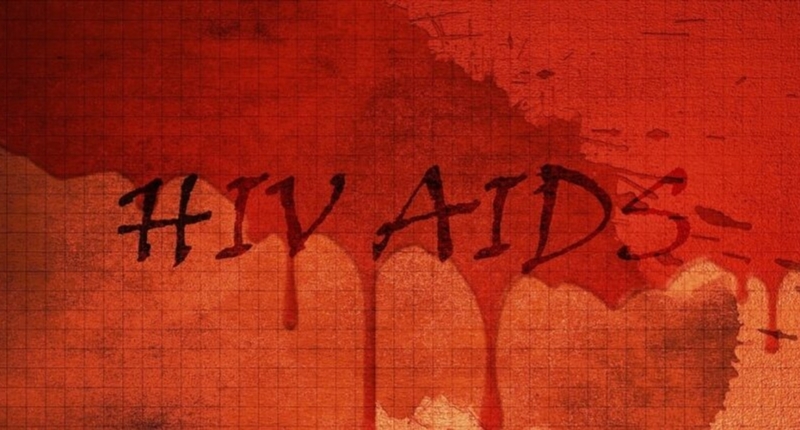Self-testing for HIV is crucial in identifying the magnitude of HIV infections. Health experts suggest that implementing self-tests as a national policy in India could be a step towards ending AIDS. In most cases, samples taken to understand the prevalence rate are usually biased, making self-testing a more effective method in identifying those at risk. Self-testing can empower people to understand their risk of contracting HIV, receive appropriate care, and fight the stigma that marginalized communities face. HIV has a positivity rate of just 0.21% in the general adult population of India, but for marginalized communities, such as men who have sex with men, the hijra community, and injection drug users, the positivity rate is significantly higher. Self-testing can help these groups identify their status and receive appropriate care. The implementation of self-testing policies globally has been successful in increasing the uptake of tests and linking people to care services.
Can HIV Self-Test Help India End AIDS? | Science & Tech.
Health experts have highlighted the importance of testing to identify HIV cases, and making self-testing a national policy could be a step towards ending AIDS in India. India is yet to develop a national policy on HIV self-testing, unlike almost half of the countries globally that have included HIV self-testing policies. One-fourth nations globally routinely implement HIV self-testing.
President of AIDS Society of India (ASI), Dr Ishwar Gilada, believes that implementing self-tests in India is just “a mindset issue”. Self-testing is a right that everyone has to know their HIV status. The government unnecessarily fears that individuals will commit suicide or require counselling if they discover their HIV status. However, self-tests for Covid-19, pregnancy, and diabetes have been successful in increasing the uptake of tests and linking people to care services.
HIV self-testing is vital to reaching out to the last mile for the first-95 target. The Joint United Nations Programme on HIV/AIDS aims to ensure that 95% of people living with HIV know their status, 95% are on antiretroviral therapy (ART), and 95% of those on ART are virally suppressed.
As of March 2022, 77% of people living with HIV in India knew their status, 84% were on ART, and 85% had viral suppression. However, only 55% of the total people living with HIV in India were virally suppressed in 2021-22 against the target of 86% virally suppressed by 2025-26. In contrast, the poorest countries, including Africa, have about 90-95% of individuals knowing their HIV status.
The National AIDS Control Organisation 2022 report showed that between 2010 and 2021, new HIV infections in India declined by 46%, but the goal was to reduce new infections by 80% by 2025. HIV self-testing could be the key to achieving this goal.
There is no reason to delay the full-scale rollout of HIV self-testing in India and other countries that are yet to leverage this evidence-based intervention. The inclusion of HIV self-testing policies could lead to a significant increase in the uptake of testing and linking people to care services.
Self-Testing Empowers People to Identify Risk of HIV | Science & Tech.
Dr Jyoti Dhar, an HIV Physician and GUM (Genitourinary Medicine) Consultant at University Hospitals Of Leicester NHS Trust, UK, believes that testing is essential in identifying the magnitude of HIV infections. She suggests that self-testing can empower people to understand their risk of contracting HIV and provide them with information on where to go and what to do after being exposed to the virus. In addition, self-testing can help fight the stigma that vulnerable populations, such as the hijra community, face when identifying their status.
Dhar says that in today’s age of modern technology, self-tests can be linked with online resources where patients can fill in a questionnaire to identify their risk of infection and seek advice on what to do next. She adds that self-tests should be provided free of charge for people in the poorest sections of society.
HIV has a positivity rate of just 0.21% in the general adult population of India. However, for marginalized communities such as men who have sex with men, the hijra community, and injection drug users, the positivity rate is significantly higher. These groups often face stigma and do not get tested. Self-tests could help them identify their status and receive appropriate care.
Gilada, President of AIDS Society of India (ASI), believes that a proactive approach to HIV testing is necessary, citing the example of Vietnam and Cambodia, which achieved good results after implementing self-testing. He urges a change in mindset and for marginalized communities to come forward and get tested.
Self-testing could be the key to identifying the prevalence of HIV infections accurately, empowering people to understand their risk and seek appropriate care.
Don’t miss interesting posts on Famousbio
